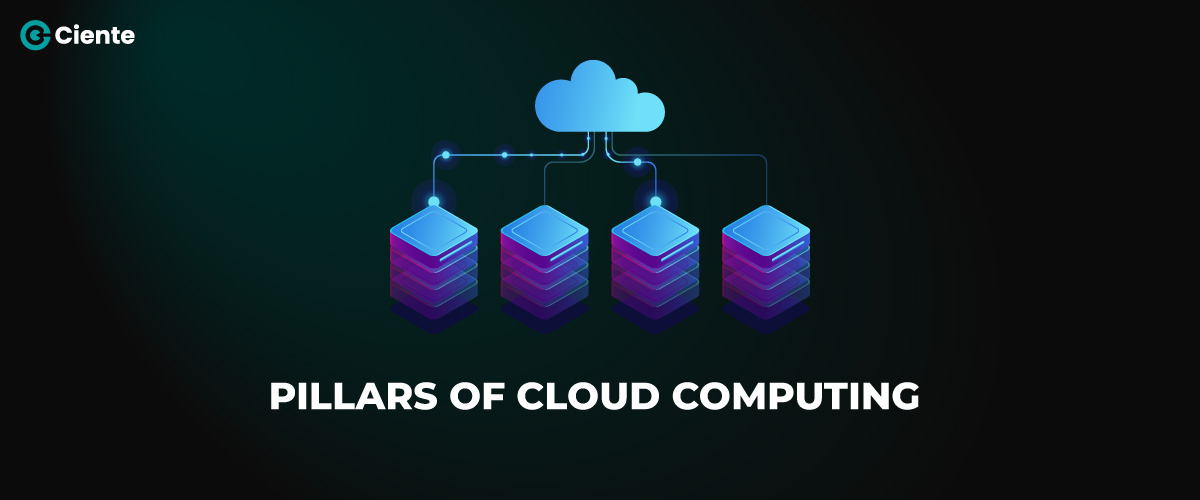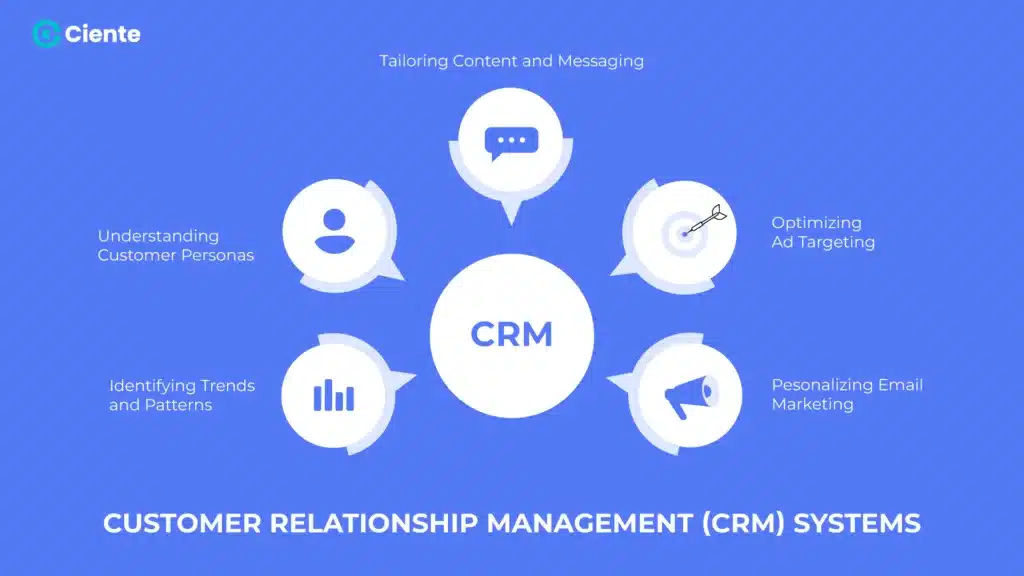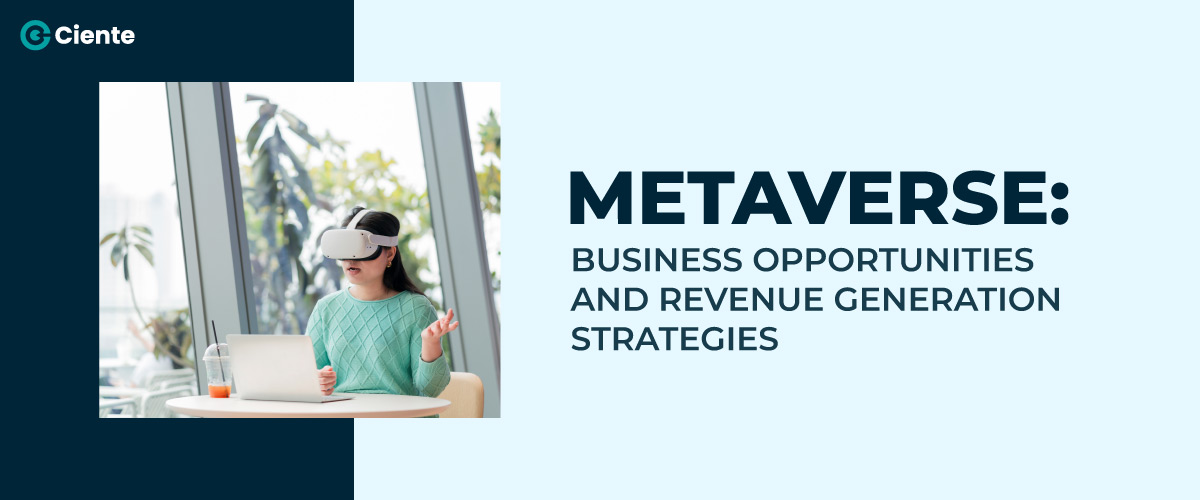Key Pillars That Support Effective Cloud Computing: Decoding the Fundamentals
From cloud engineering to infrastructure, learn about each pillar of cloud computing and how they drive organizational growth in today’s times.
Cloud computing today has evolved far beyond a familiar idea; it’s an extensively utilized technology that continues to expand in scope and creativity over time. Recent insights from Gartner, Inc. indicate a major increase in worldwide spending on public cloud services by end-users by the end of this year. They predict that the number will grow by 20.7% in 2023, reaching around 591.8 billion USD.
Cloud computing takes organizations beyond the traditional IT approaches, providing them with scalable, more cost-effective, and efficient solutions that allow for better collaboration and so much more. In this article, we’re looking at the fundamental pillars of cloud computing and what they’re comprised of, along with the benefits that come with them.
The Pillars of Cloud Computing
Cloud computing has brought a major shift in how organizations access and manage technology by adding scalability, flexibility, and efficiency to computing services. Let’s look at the major pillars of cloud computing:
- Cloud Infrastructure
A cloud computing structure can only be considered a success if its underlying infrastructure has been meticulously designed and implemented. The infrastructure of the cloud is the set of interconnected computer systems and related software applications that enable cloud services to function. It is the backbone of cloud computing. The infrastructure is composed of the following:
- Data Centers: Data centers are physical or virtual repositories that enable the storage, management, and dissemination of data. These centers can host servers, storage systems, and networking hardware.
- Cloud Servers: Cloud servers are powerful computers that store data and applications. Since these servers are virtual, it allows for better scalability and flexibility by allowing organizations to adjust resources as per their requirements.
- Networking elements: Now, there is a need to keep the infrastructure interconnected. That’s where networking elements come into play. They build a network of communication systems that includes routers, switches, and load balancers.
Depending on the architecture, it emphasizes reliability and redundancy to keep services running smoothly and data safe and easily accessible.
2. Cloud Architecture
This pillar of cloud computing is the framework on which the cloud services are deployed, managed as well and scaled. The key components of a cloud architecture include:
- Front-End Interfaces: These are the tools and devices utilized by companies to engage with their chosen cloud solutions. This communication can be enabled through various interfaces, providing a seamless user experience in accessing cloud resources.
- Core Back-End Systems: Serving as the pivotal structure of cloud offerings, these systems comprise essential elements such as servers and data repositories. They are a part of the foundational layer that supports and powers cloud functionalities.
- Service Distribution in Cloud Computing: This aspect refers to the methodologies employed in delivering services within an organization, tailored to its specific needs, such as PaaS, Saas, and IaaS.
- Connectivity and Data Flow in Cloud: The efficiency and effectiveness of cloud architecture are heavily reliant on a robust network framework. This network is crucial in linking the various segments of cloud infrastructure, ensuring smooth and rapid data exchange.
Note: Cloud Infrastructure and Cloud Architecture are two distinct pillars of cloud computing. The infrastructure determines the software and hardware needed to manage the cloud services and the cloud architecture is all about how the infrastructure is organized.
3. Cloud Engineering
Engineering is at the heart of cloud solutions. They need to be designed and implemented by using engineering principles to ensure that they function well. Cloud engineering involves the following steps:
- Designing Cloud Solutions: Depending upon a business’s needs and demands, engineers create customized solutions that ensure the efficiency and scalability of the services, while balancing costs.
- Implementing Cloud Systems: Cloud systems need to be implemented properly. This includes setting up the infrastructure, configuring the cloud services, and ensuring that they are seamlessly integrated with an organization’s existing systems.
- Management and Maintenance: Cloud environments must be monitored and managed consistently to ensure that they’re performing well, without any errors or functional issues.
4. Cloud Security
Along with the convenience that cloud computing brings to an organization, there’s also an increased need to keep the systems secure. According to insights from IBM regarding cybersecurity, it was noted that in 2023, the worldwide average expense incurred due to a data breach amounted to approximately 4.45 million U.S. dollars. Cloud security is one of the major pillars of cloud computing and it comprises the following:
- Data Protection: Organizations need to implement measures that help them safeguard data that is stored in the cloud from unauthorized access and breaches, among other cyber threats.
- Network Security: Network security involves securing the network infrastructure to prevent vulnerabilities and attacks on the cloud.
- Identity and Access Management: Since the cloud is completely virtual, it is imperative to control who has access to the cloud resources to make sure that only those assigned can access sensitive data as well as applications.
- Compliance and Legal Requirements: Cloud security also involves knowing and following regulatory and legal requirements to make sure that the organization’s cloud services comply with industry standards and laws.
- Incident Response and Recovery: Even though one establishes cyber security measures, there still is a need for having protocols that will allow for quick responses in case of security incidents and breaches. These protocols will also help the organization quickly recover from such incidents.
5. Cloud Migration
The migration to the cloud as well as the optimization of those cloud-based systems are crucial parts of cloud computing. Let’s look at what this process consists of:
- Strategic Development and Assessment: This is the initial stage in which organizations map out and evaluate the approach they will follow for migration in detail. This stage involves identifying which applications and data need to be transferred, understanding the current IT setup of the organization, and creating goals to be achieved with and after the migration process is over.
- Implementation of the Migration Process: After the plan has been laid out, the process of transferring the data and applications to the cloud starts, making sure that it is handled with precision and has fewer or no operational disruptions. This process involves using techniques such as phased rollouts, pilot testing, and real-time monitoring to make sure that the migration is smooth and effective.
- Continuous Optimization after Migration: Following the migration, the emphasis is on optimizing and fine-tuning the cloud resources to be highly efficient operationally and financially. This process generally involves monitoring systems, making sure that all the settings are correct and functional, and adjusting settings and resources as per the demands of the organization.
- Security and Regulatory Compliance Enhancement: After the migration process has been completed, it is crucial to ensure that the data and applications comply with security protocols and regulatory standards. This typically involves establishing security measures, such as data encryption, managing user access, and conducting regular security assessments.
But Why Should Organizations Use Cloud Computing?
Let’s look at the benefits that come with using cloud computing for your business:-
- Scalability
The capacity to scale up or down as needed is an essential benefit of cloud computing for companies. Without investing in hardware, they can scale up or down according to an organization’s needs. Businesses that deal with unpredictable workloads regularly must prioritize this kind of adaptability.
- Pay-Per-Use Pricing Model
In contrast to traditional technological methods, cloud computing stands out for its cost-effectiveness. This efficiency primarily stems from its unique pricing model, where users incur costs based on their actual usage. Such a pay-as-you-go structure ensures that organizations, irrespective of their scale, benefit from both the adaptability and the financial accessibility that cloud services offer. This model not only optimizes resource allocation but also aligns with the varied demands of diverse organizations, making it an ideal choice in the contemporary digital landscape.
- Disaster Recovery & Business Continuity
When data is stored in the cloud, businesses can easily and quickly recover their data that was lost due to hardware failures, natural disasters, and even cyber-attacks. This makes sure that a business is running continually, even under adverse conditions.
- Multi-tenancy or resource pooling feature
Cloud environments work on a multi-tenant model, where multiple users can share and access the same infrastructure resources, depending on the level of access they’re granted. When more people use the same resources, it can benefit both the cloud service provider as well as the end-users by saving costs and also having a better usage of the resources.
- Automated Management
With cloud services, you don’t have to worry about having a huge IT team. This type of service typically includes automatic capabilities for managing and maintaining the service, which can handle tasks such as server maintenance, software updates, and even security issues. Businesses can focus on what they do best and put more resources into what matters instead of worrying about service management.
- Integration with existing systems
Cloud services are quite flexible and easily integrated with existing systems. This allows businesses to have a cohesive IT environment that combines the cloud as well as on-premises resources effectively.
- Enhanced Collaboration
Cloud computing allows organizations to collaborate better, both within their organizations and with external partners. Cloud-based tools and platforms provide features such as real-time sharing and editing of documents, streamlined communication methods, and better as well as more efficient project management, regardless of where people are geographically.
Conclusion
Cloud computing is a dynamic and multifaceted domain, which is pivotal in shaping the landscape of modern technological solutions and business operations. Its impact becomes more profound with the intricate pillars that we discussed in this article, ranging from cloud architecture to cost-effective cloud services.
Moreover, it’s essential for enterprises to prioritize the security dimensions of these technologies. This focus goes beyond mere data protection; it’s about assuring the uninterrupted and secure functioning of the organization’s daily activities, encompassing both their established systems and any cloud-based infrastructures.








